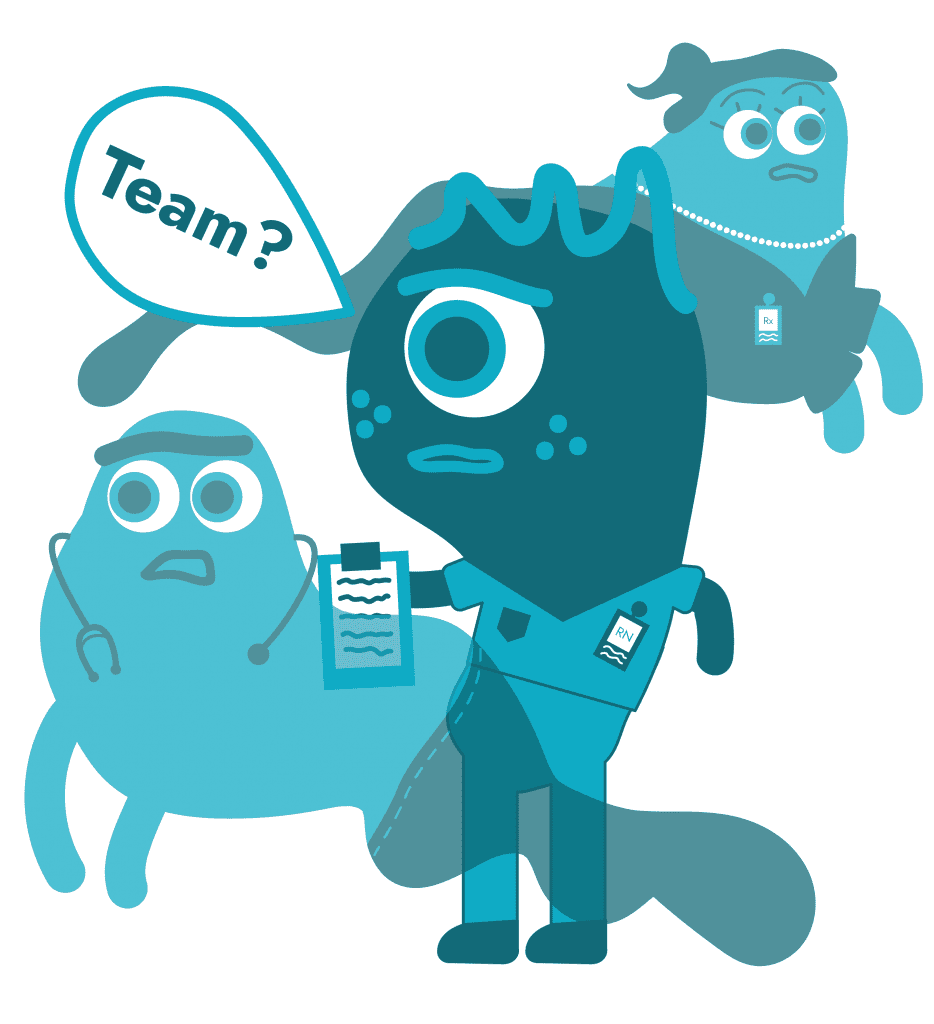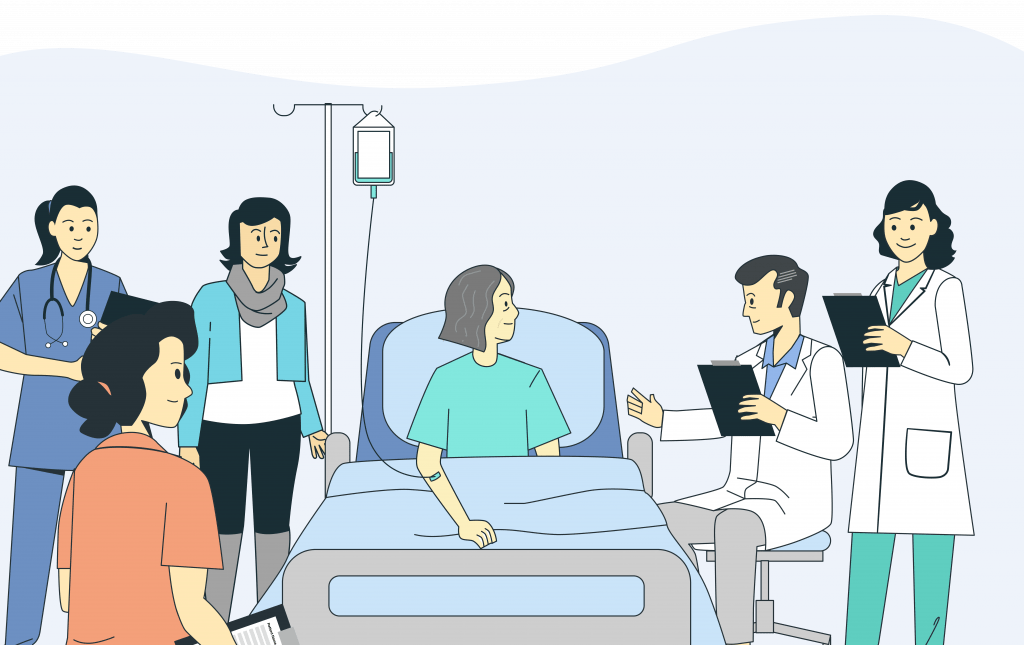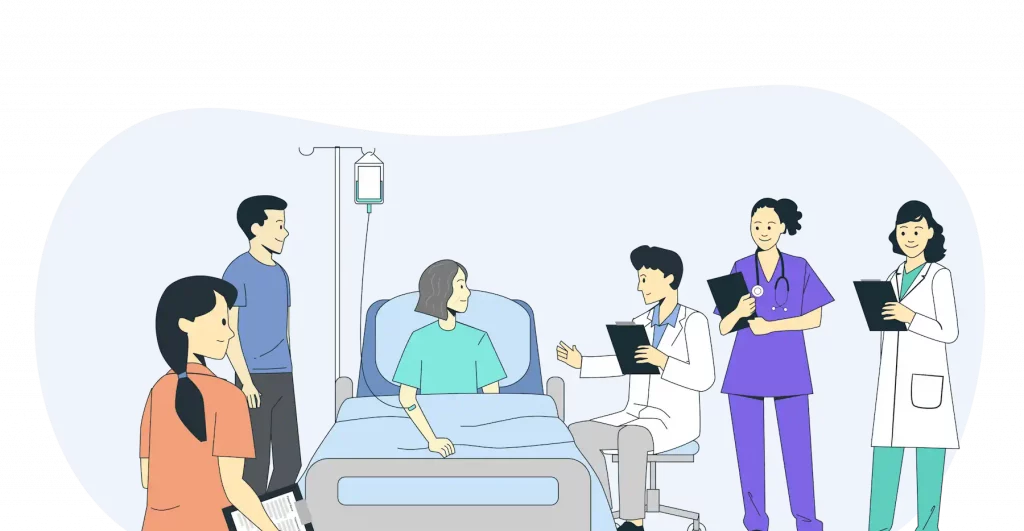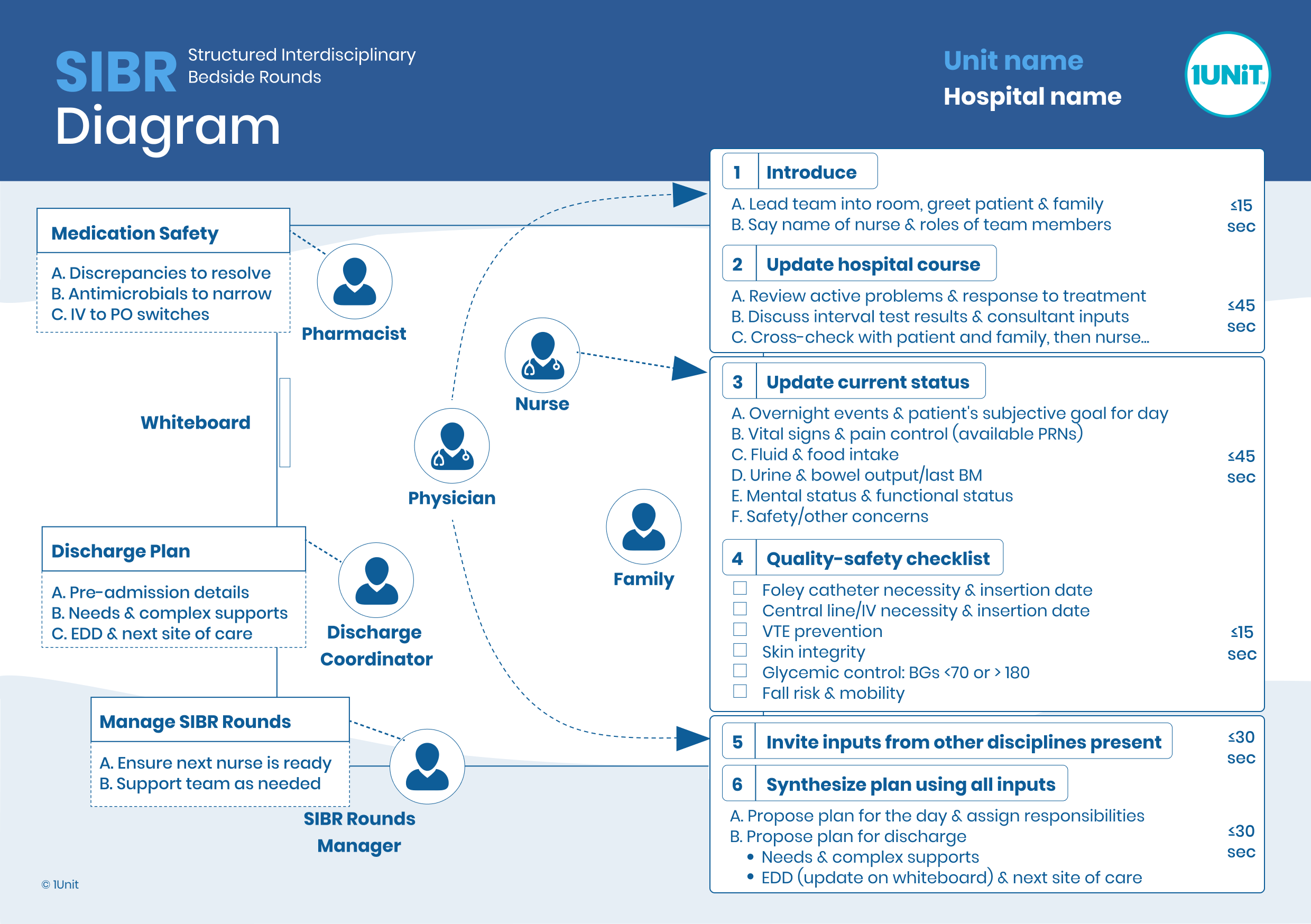
“There’s a dichotomy in the way physicians think. They feel frustrated by all the things they shouldn’t be responsible for, yet can’t relinquish because they’re not surrounded by a team to support them. They don’t know who these people are who are supposed to be doing it every day, so they just hold onto it and get so frustrated by it. That’s a huge issue of burnout actually for physicians. They’re doing things they know they’re not good at and don’t want to do, but they don’t know who to hand it off to.
Whereas when you’re in SIBR every morning you know who exactly to hand it off to, you delegate those things to a reliable team member who you know is an expert in this thing. For me that was a huge burden lifted for me every single day. I know, the loop will be closed by my reliable team member.”


They’re simply a common understanding of the roles and responsibilities of each member of a team. If you’re able to see that shared mental models are a specific type of standardization, you’re on the right path on your journey to mastering the cognitive and social procedure of teamwork.
Ok, try this exercise. Close your eyes. Now imagine yourself being completely in-sync with two other roles outside your own personal profession who influence the care of one of your patients today. If you’re a surgeon or surgical nurse, imagine yourself around a patient in the OR. If you’re in an internist, med-surg nurse, pharmacist, social worker, or therapist, imagine yourself around a patient’s bedside.
You and the team you’re imagining will be as swift, accurate, and precise as can be only if you have a routine way to complement each other. To create a shared picture of (a) the patient, (b) the severity and acuity of illness, (c) the trajectory of recovery, and (d) the shared plan that lets everyone to do their part to make the right things happen at the right time requires an ultra-coordinated way to talk to each other.
Shared mental models for teamwork helps us by letting us focus our attention on using the information we share with each other, rather than forcing us to waste our attention on extracting the information from each other right when we need it.
If you are working in a medical unit and you don’t yet have a shared mental model for teamwork, stop torturing yourself. Make one.


Draw a big empty box. Put the patient at the center and put the right people around the patient. Draw lines from each person to smaller boxes showing exactly what information the other roles need from them — that’s the information each person should prepare and deliver to the team’s collaboration space, whether that’s at the bedside, or in the hallway, or in a conference room. Number your boxes from 1 to whatever. The right sequence is one that starts with the broadest level of context down to the most narrow. The person who usually has the broadest context is the physician who is writing the progress note today. Then it’s usually the nurse and patient and then allied health professionals like pharmacist, therapist, and discharge planners. This gives everyone a chance to see how inputs fit into the bigger picture.
What you created should look much like the shared mental model for teamwork illustrated. This model is called Structured Interdisciplinary Bedside Rounds (SIBR, pronounced “cyber”).
What next?
Seeing is Believing
Knowledge is Power
The Wise Learn from the Wise
© 2024 • 1Unit • All rights Reserved.